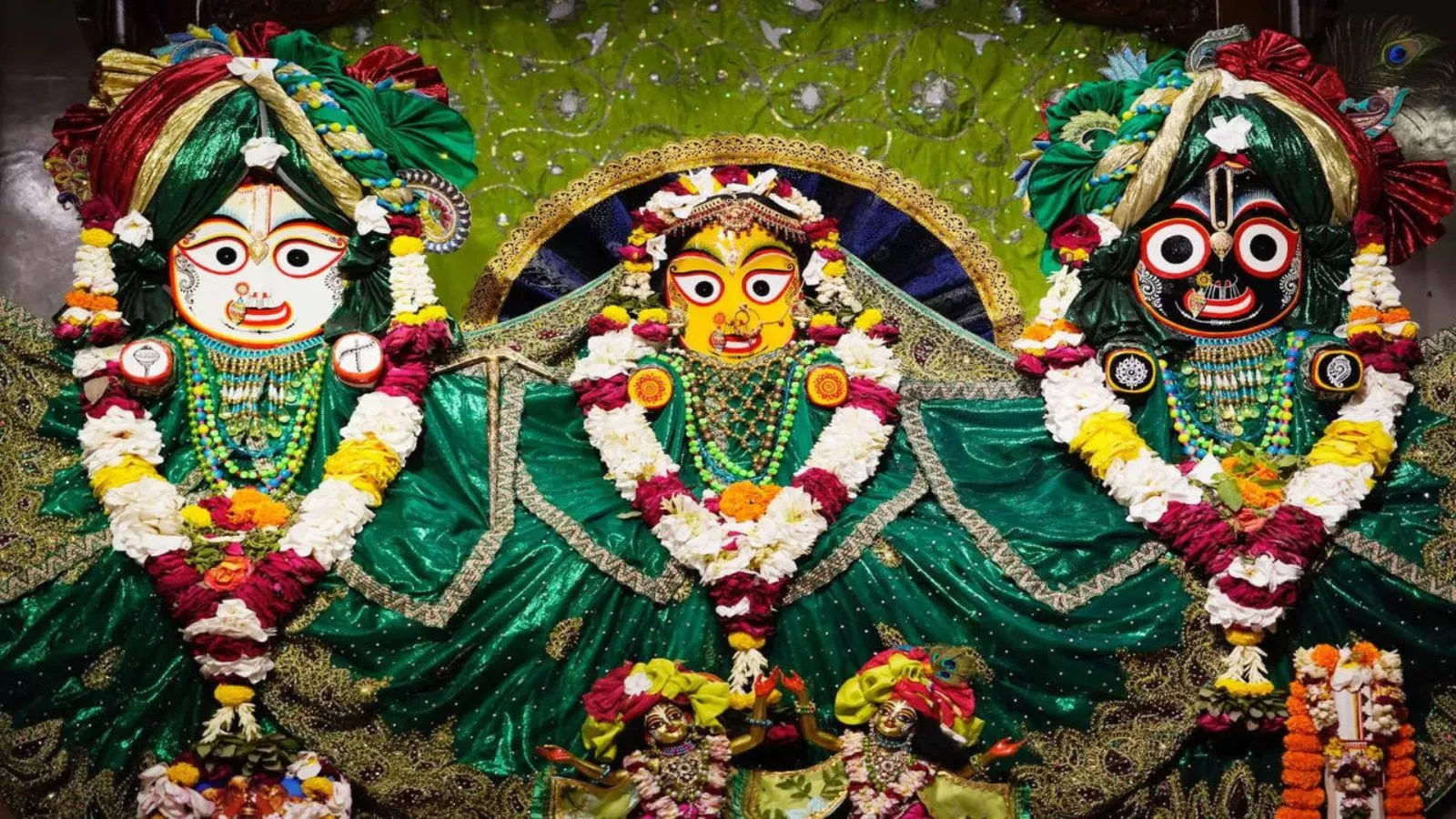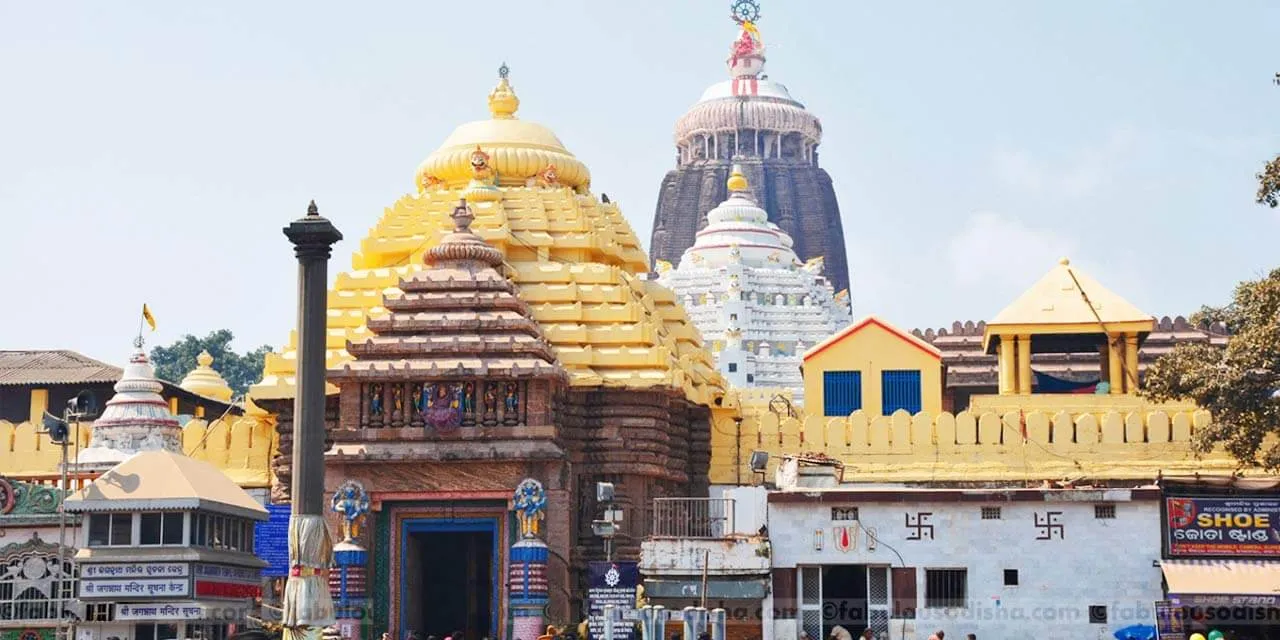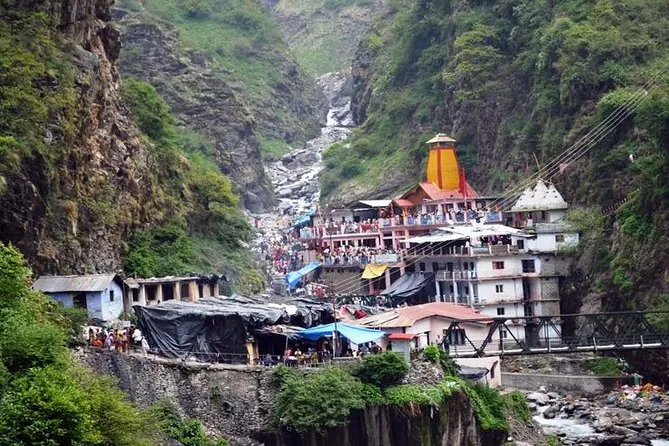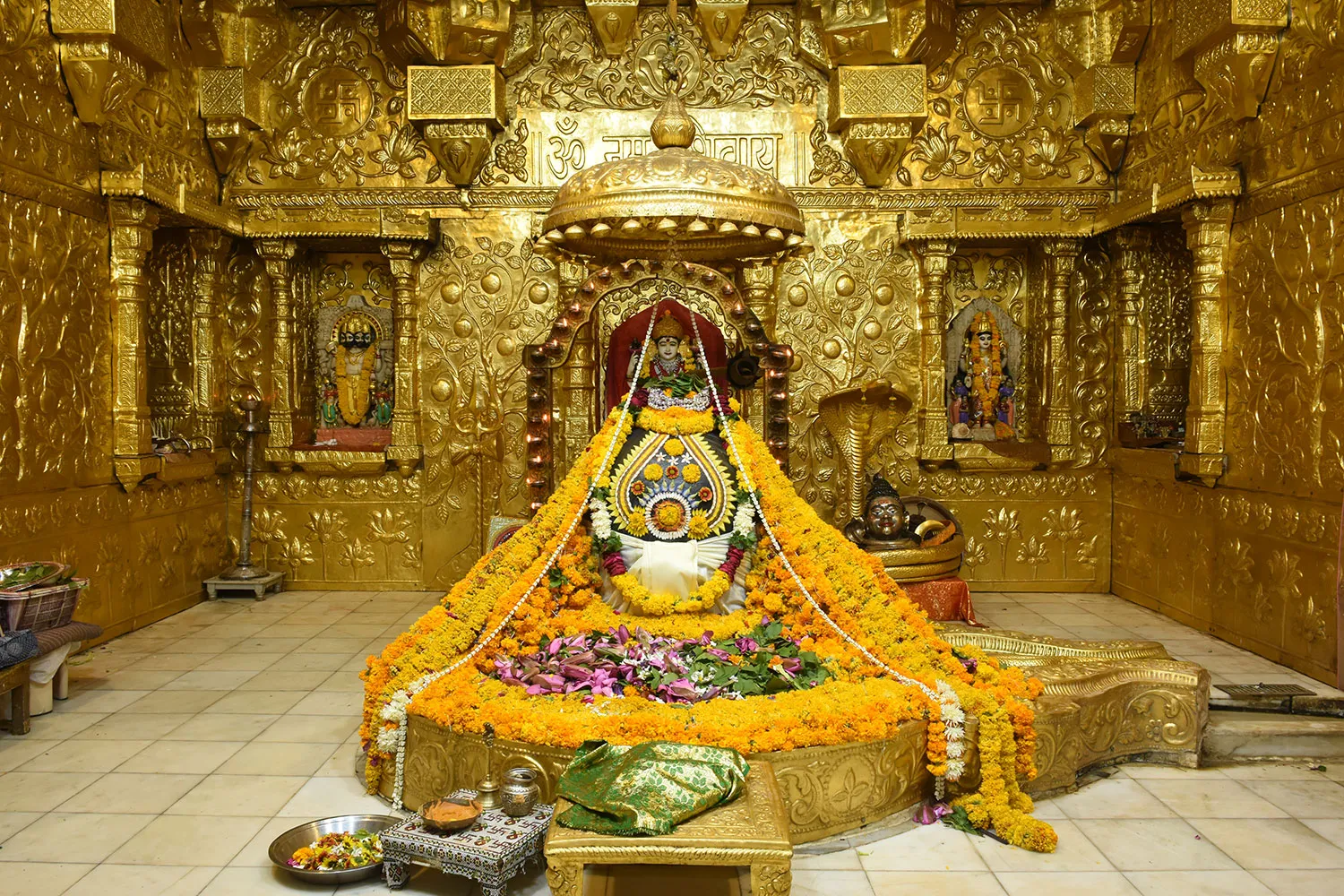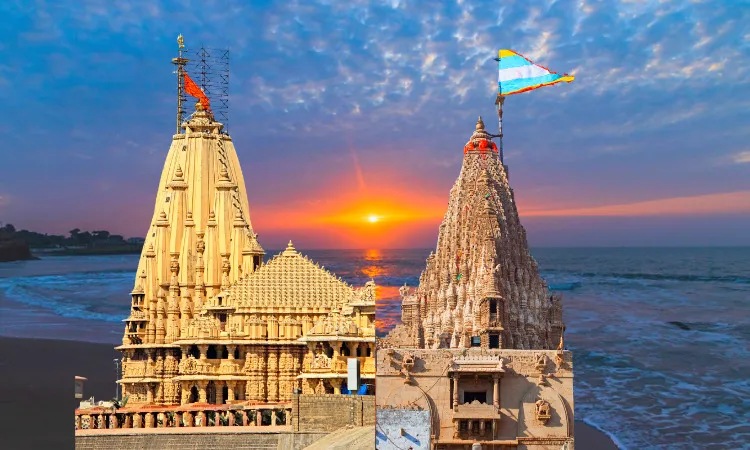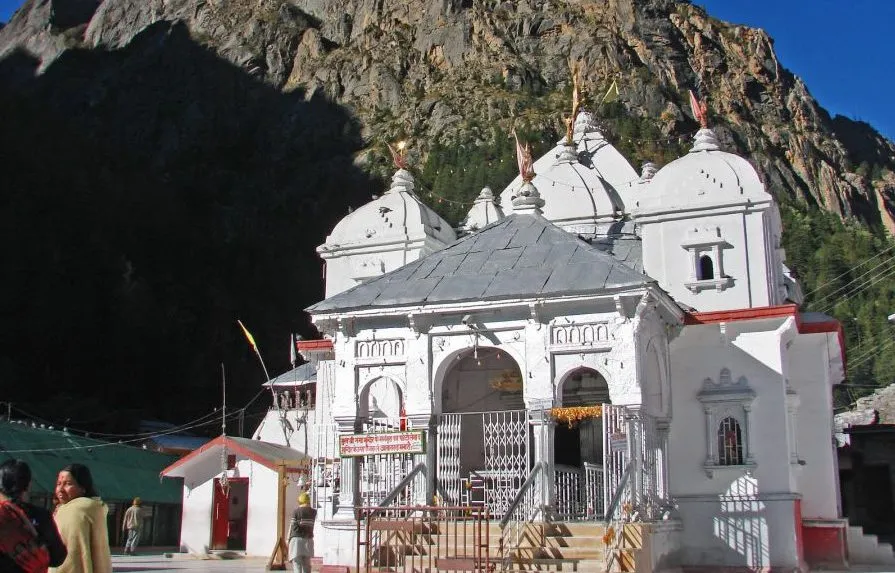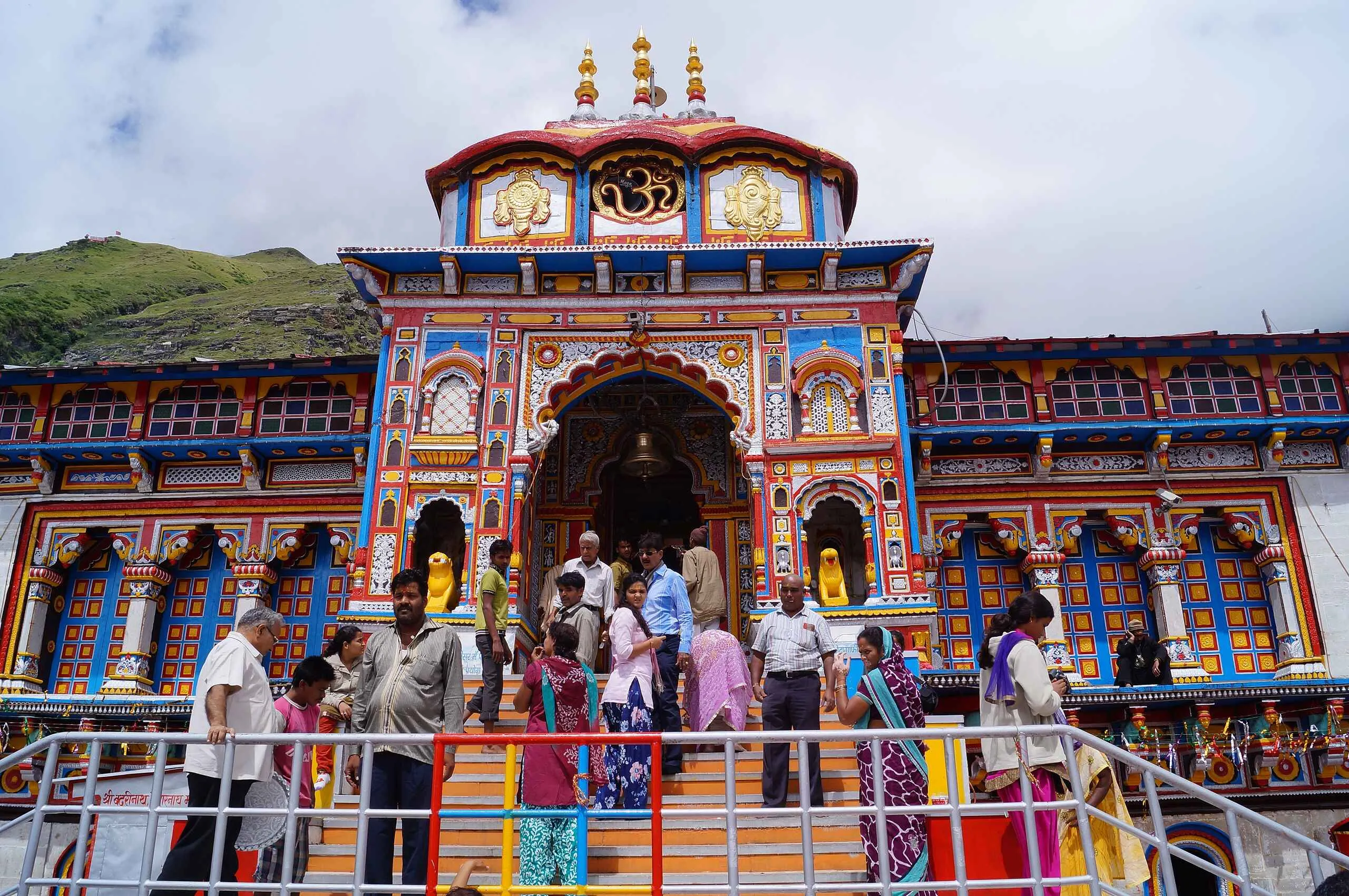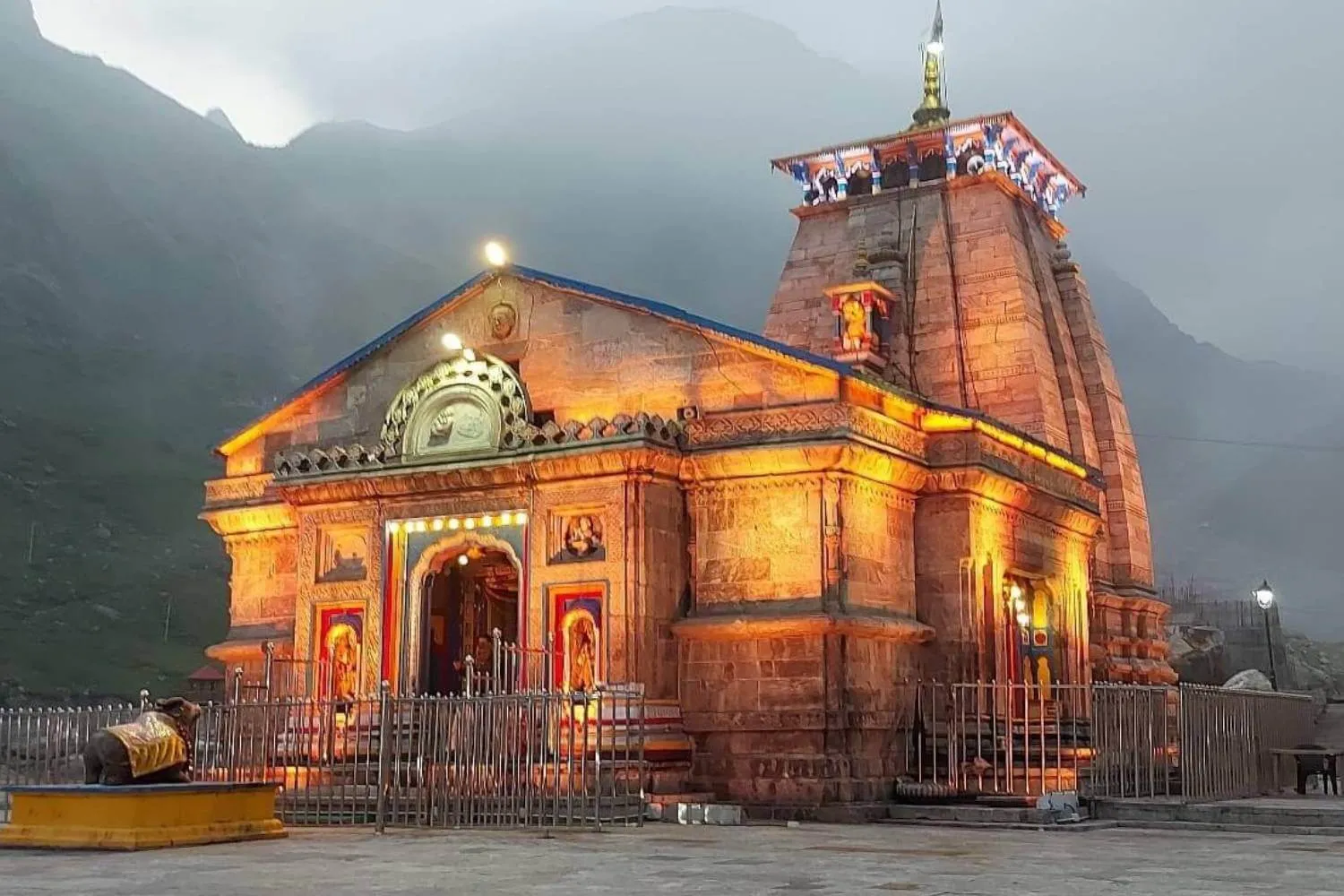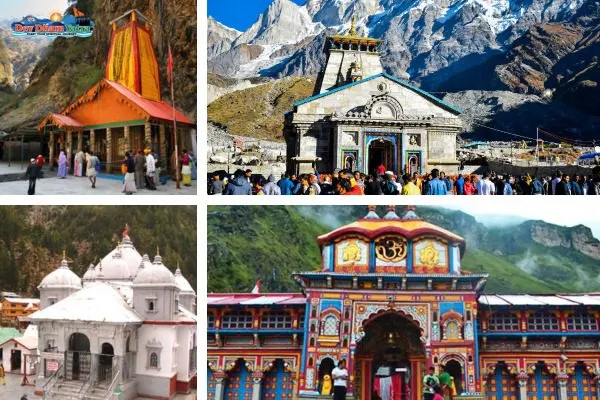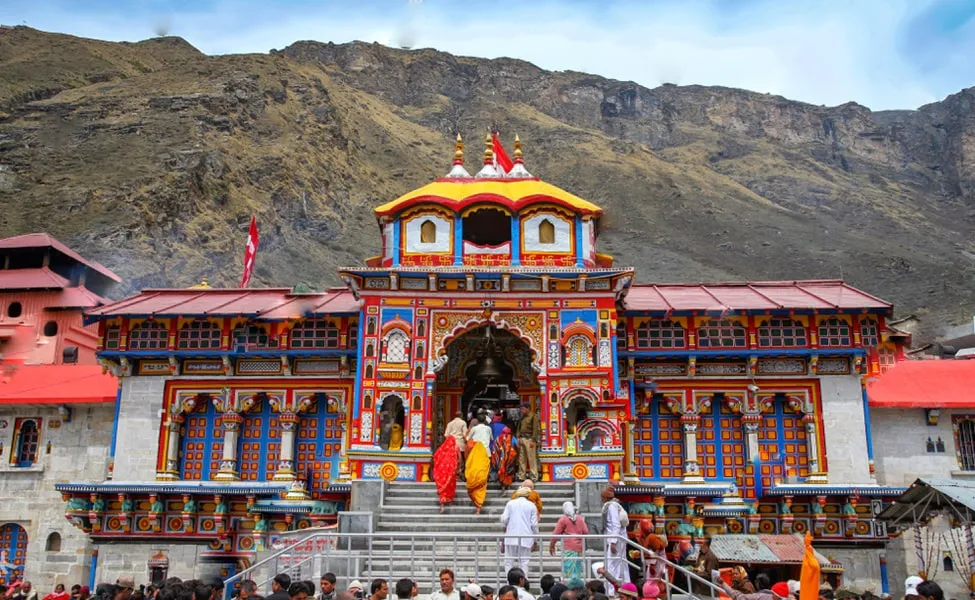
Posted by: akhil
Badrinath Temple is a sacred abode nestled in the heart of the majestic Himalayan mountains. This iconic Hindu temple, dedicated to Lord Vishnu, holds immense spiritual significance and is renowned for its breathtaking location, architectural brilliance, and rich mythology. In this comprehensive guide, we explore the details of Badrinath Temple, including its history, architecture, shrines, rituals, timings, entry fees, and the vibrant festivals that bring it to life.
Location and Scenic Beauty
Badrinath Temple is situated in the Chamoli district of Uttarakhand, India, at an altitude of approximately 3,100 meters (10,170 feet) above sea level. The temple is surrounded by the picturesque beauty of the Alaknanda River and snow-capped Himalayan peaks, making it a spiritually enriching and visually mesmerizing destination.
Significance of Badrinath Temple
Badrinath Temple is one of the four sacred Char Dham pilgrimage sites in Hinduism. Devotees undertake pilgrimages to this revered temple seeking spiritual blessings and enlightenment. The temple holds significance for multiple reasons:
-
Divine Origin: The temple is dedicated to Lord Vishnu in the form of Badrinarayan. According to Hindu mythology, Lord Vishnu meditated at this very site, granting divine vision (darshan) to the Pandava brothers during their exile.
-
Architectural Marvel: The temple's structure is a blend of North and South Indian architectural styles, featuring a golden spire (Shikhar) and intricate carvings.
-
Serene Location: The surrounding Himalayan landscape enhances the temple’s spiritual atmosphere, making it a place of divine tranquility.
Architectural Splendor
The temple is an exemplary piece of ancient craftsmanship with several distinct features:
-
The structure is primarily built of stone and exhibits a conical shape similar to a Buddhist pagoda.
-
The Singh Dwara (Lion Gate) serves as the main entrance, guarded by two stone lions.
-
The temple’s facade is adorned with vibrant colors, contrasting beautifully with the snowy backdrop.
-
Inside, the sanctum sanctorum houses a black stone idol of Lord Badrinarayan, approximately one meter tall.
-
Tapt Kund, a sacred hot water spring located nearby, allows devotees to take a ritualistic bath before entering the temple.
Shrines and Important Deities
The Badrinath Temple complex houses several shrines dedicated to various Hindu deities:
-
Mata Murti Temple: Dedicated to the mother of Lord Badrinath, it holds special significance during the Mata Murti Ka Mela festival.
-
Narad Kund: A thermal spring believed to be the meditation site of the sage Narada.
-
Garuda Temple: Devoted to Garuda, the divine eagle and vehicle of Lord Vishnu.
-
Tapt Kund: A sacred hot water spring known for its medicinal properties and purification rituals.
Historical Background
The history of Badrinath Temple dates back over a thousand years. It is believed that Adi Shankaracharya, the revered Hindu philosopher-saint, established the temple in the 8th century CE. Over the centuries, the temple has undergone multiple renovations due to natural calamities. The current structure was built in the 16th century by the Garhwal kings, who were devoted followers of Lord Badrinath.
References in Literature and Scriptures
Badrinath Temple is mentioned in several Hindu scriptures, including:
-
Mahabharata: Describes how the Pandavas visited Badrinath to seek Lord Vishnu’s blessings.
-
Skanda Purana: Contains extensive references to the temple’s religious significance and rituals.
Pujas and Rituals at Badrinath Temple
Badrinath Temple conducts various rituals, and devotees can participate in them online or in person. Rituals include:
-
Morning Rituals: Mahabhishek, Adhishek, Gitapath, and Bhagwat Path.
-
Evening Rituals: Geet Govind and Aarti.
-
Special Pujas: Conducted upon request through the Badrinath Mandir Committee.
-
Unique Feature: Unlike most temples, all pujas and idol decorations take place in the presence of devotees, offering a deeply immersive experience.
Temple Timings
The temple follows a fixed schedule for darshan and rituals:
-
Opening Time: 4:30 AM
-
Morning Darshan: 7:00 AM to 1:00 PM
-
Afternoon Break: 1:00 PM to 4:00 PM
-
Evening Darshan and Aarti: 4:00 PM to 9:00 PM
-
Closing Time: 9:00 PM
Entry Fee
Entry to the Badrinath Temple is free for all visitors. However, there are special darshan and puja options available for a nominal fee.
Major Festivals at Badrinath Temple
Badrinath Temple hosts several grand festivals throughout the year:
-
Mata Murti Ka Mela: Dedicated to Mata Murti, featuring religious processions and special prayers.
-
Badri-Kedar Utsav: Celebrates the divine connection between Badrinath and Kedarnath with cultural programs.
-
Vasanth Panchami: Marks the temple’s ceremonial opening for the year.
-
Diwali: The temple is beautifully illuminated, and special pujas are performed.
-
Makar Sankranti: Celebrated with traditional rituals and festivities.
Frequently Asked Questions (FAQs)
-
When does Badrinath Temple open and close for the year?
Badrinath Temple remains open for six months, from April to November. It is closed during winter due to heavy snowfall. -
Is there a dress code for visiting the temple?
There is no strict dress code, but modest and traditional attire is recommended for devotees. -
How can I reach Badrinath Temple?
The nearest airport is in Dehradun, and the nearest railway station is in Rishikesh. From there, buses and taxis are available to reach Badrinath. -
Can I perform special pujas at Badrinath Temple?
Yes, devotees can book special pujas through the temple committee for a nominal fee. -
Is accommodation available near the temple?
Yes, there are several guesthouses, dharamshalas, and hotels available near Badrinath Temple for pilgrims.
Conclusion
Badrinath Temple is not just a place of worship; it is a symbol of India’s rich cultural heritage, spirituality, and architectural brilliance. The temple’s divine significance, coupled with its stunning location and vibrant festivals, makes it a must-visit pilgrimage site. Whether you seek spiritual enlightenment or wish to experience the temple’s historical grandeur, a visit to Badrinath Temple is sure to be a soul-enriching journey.


